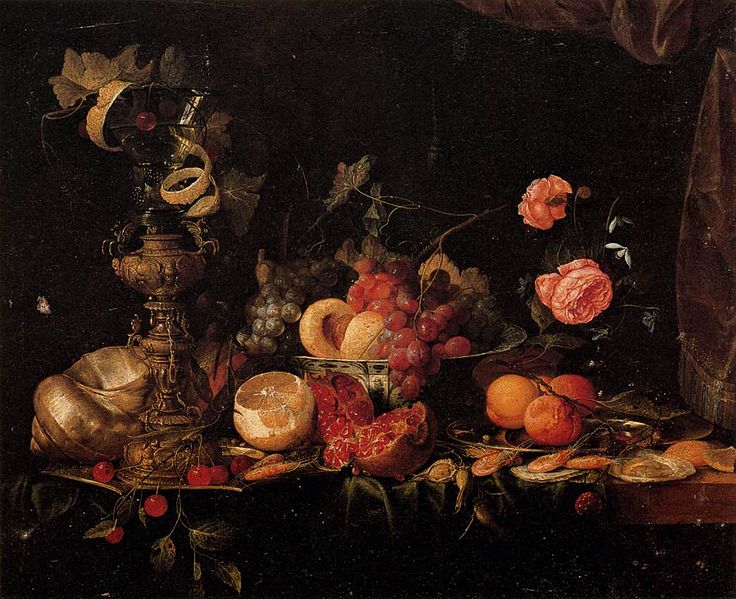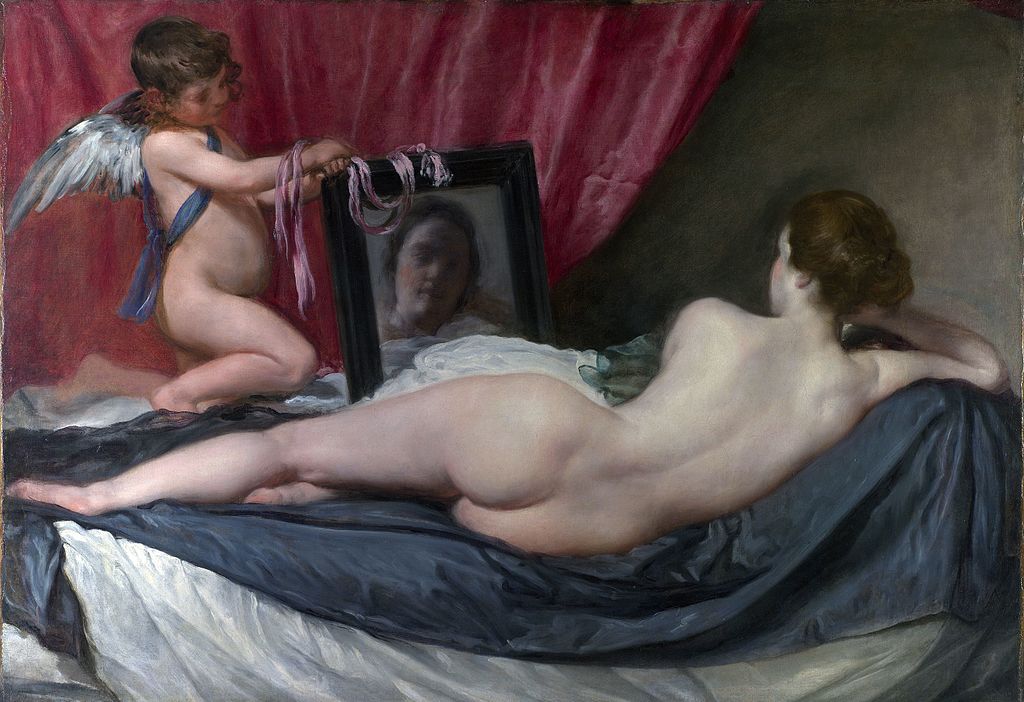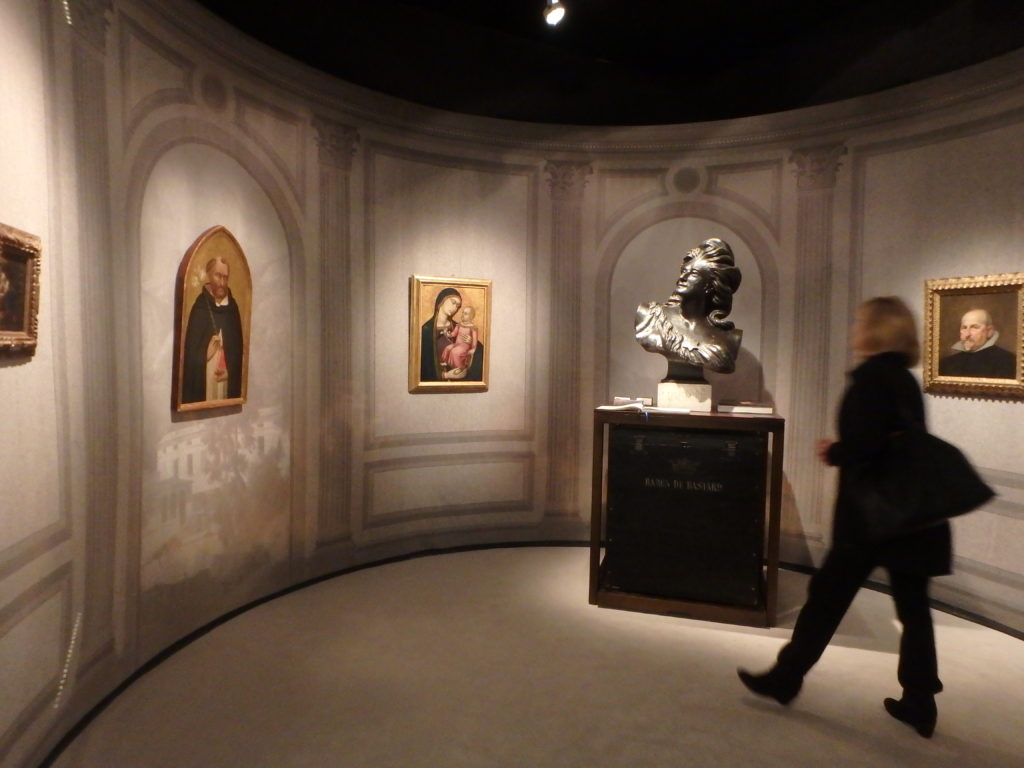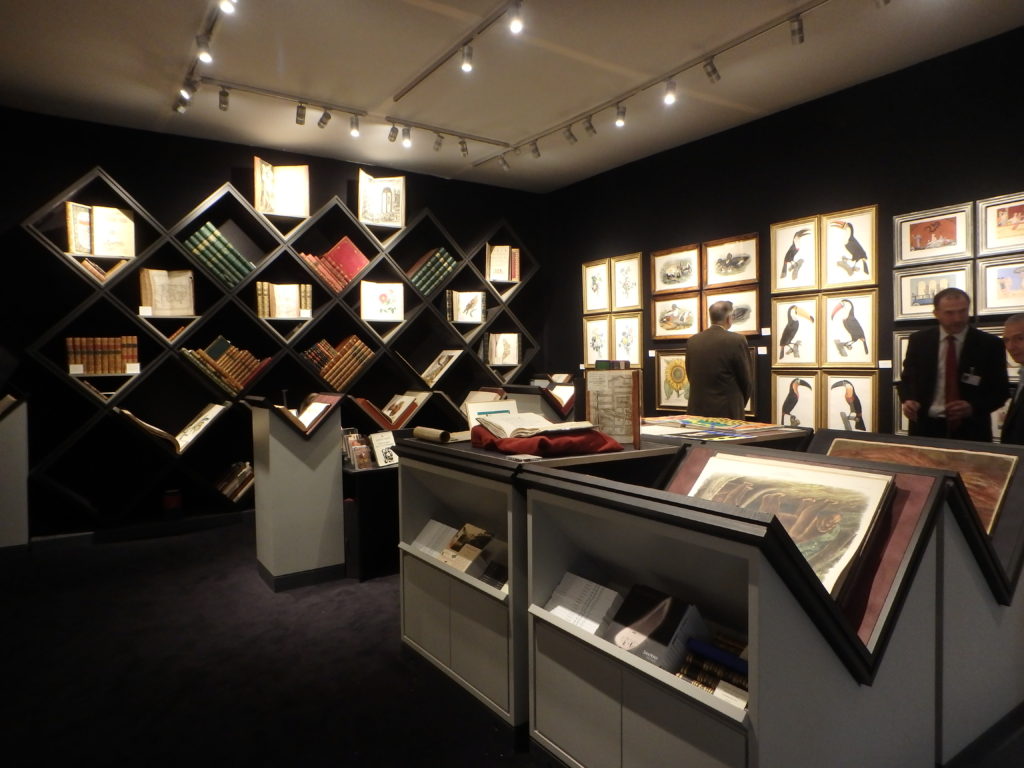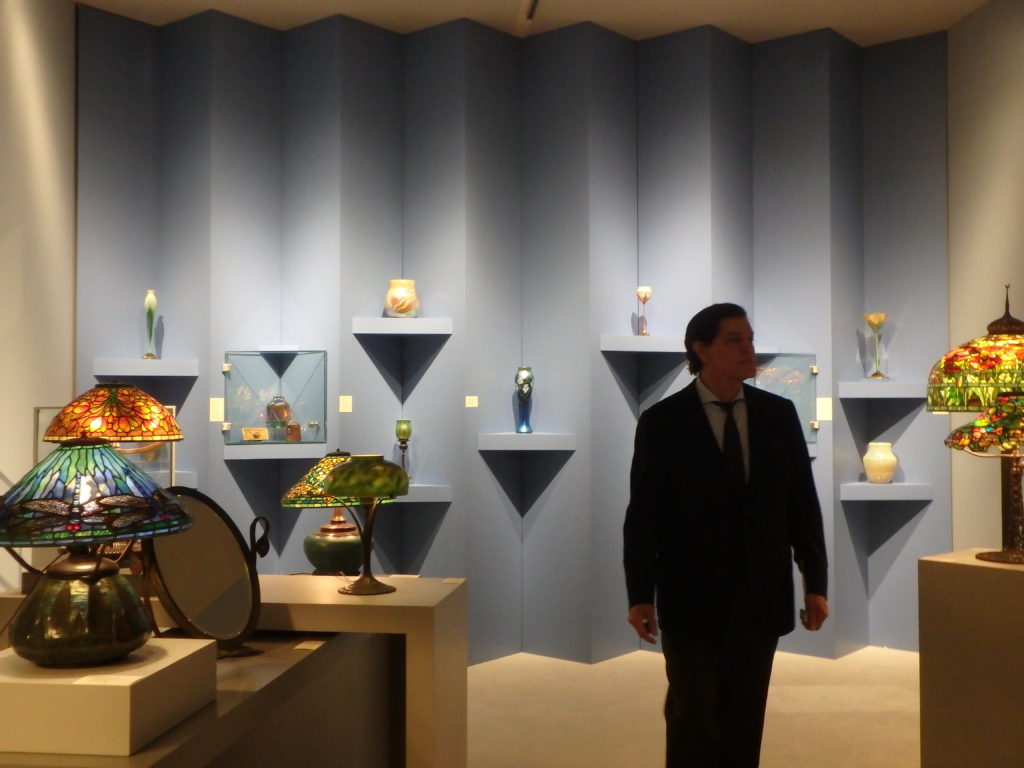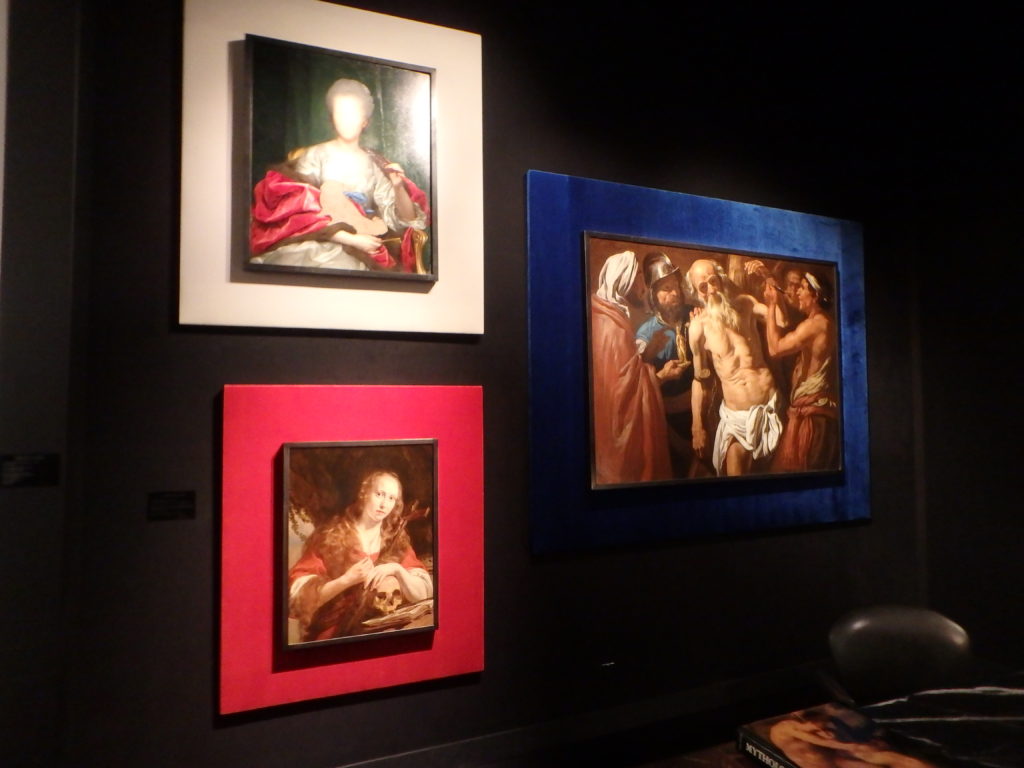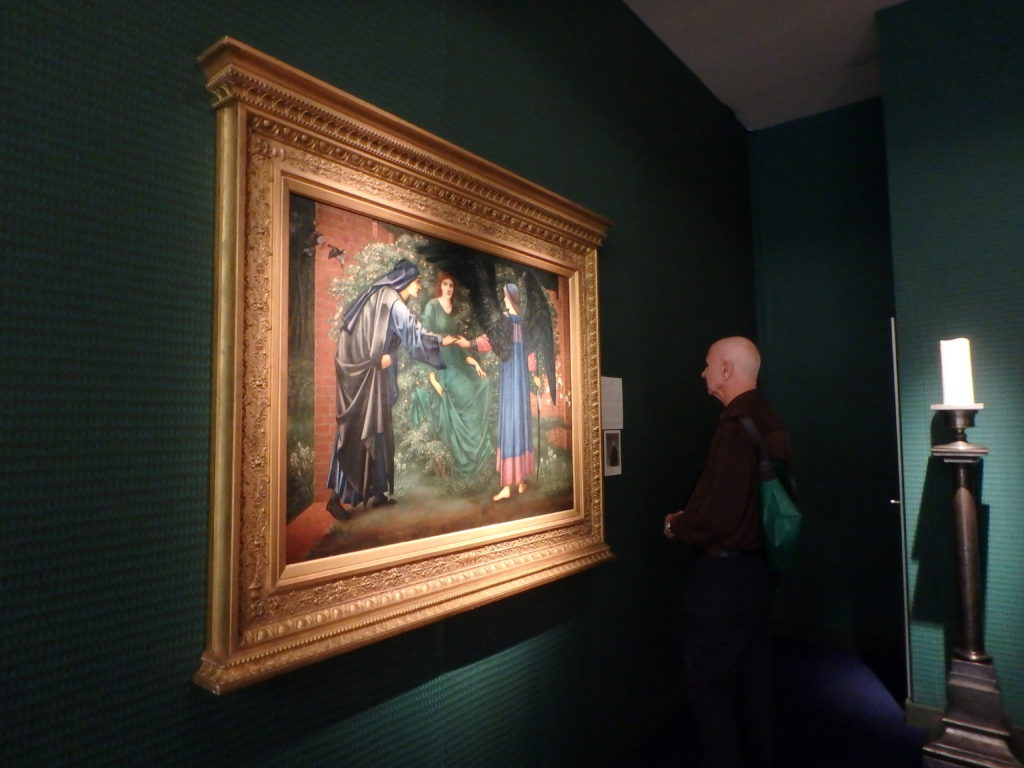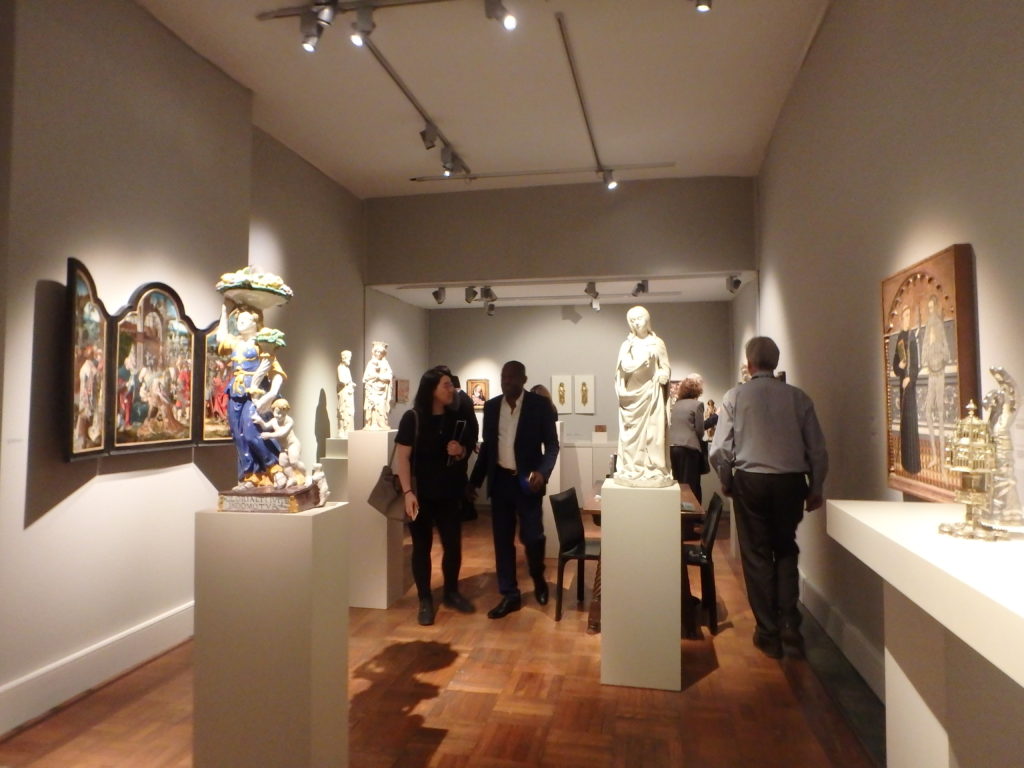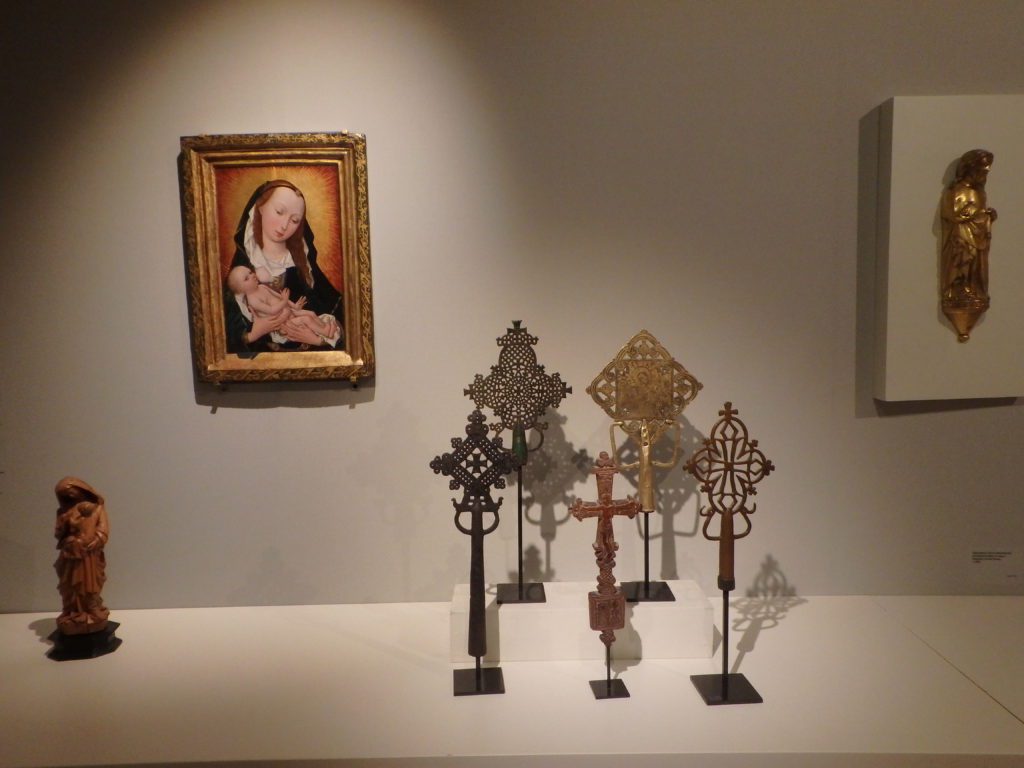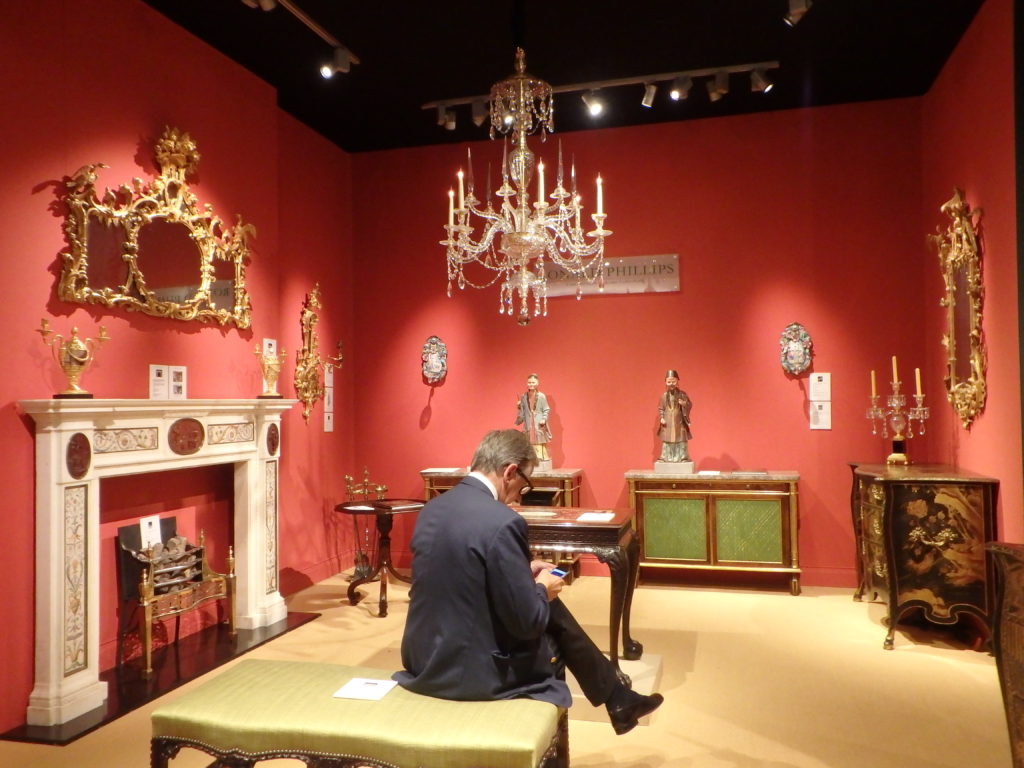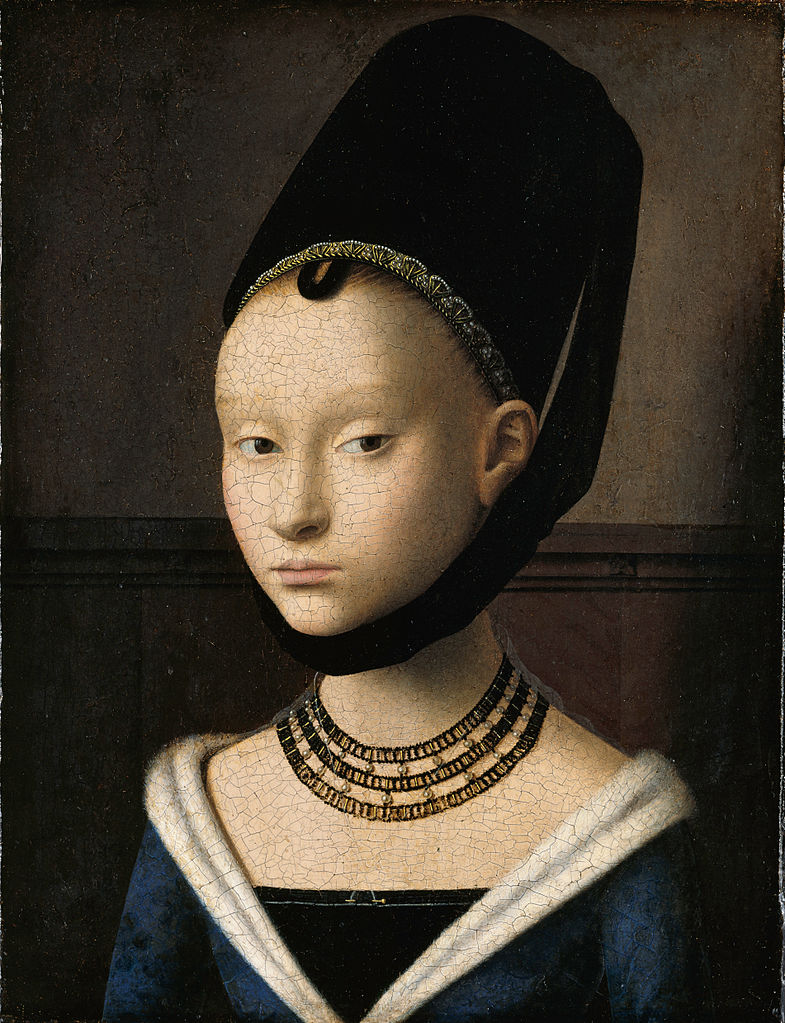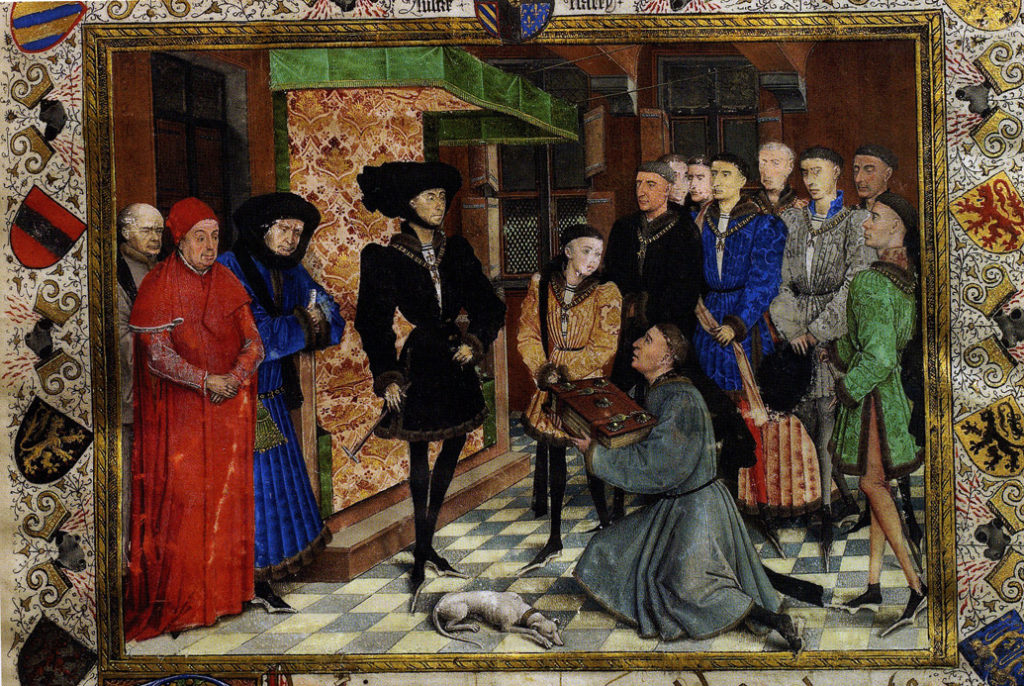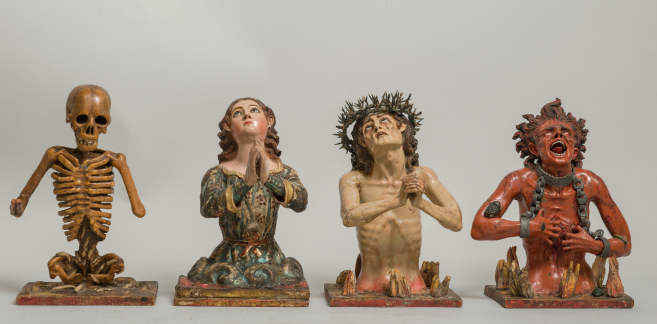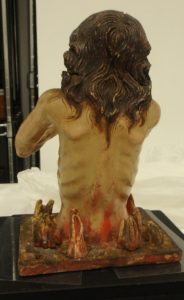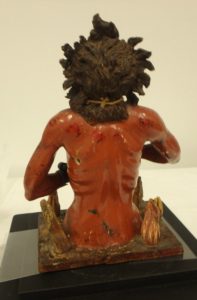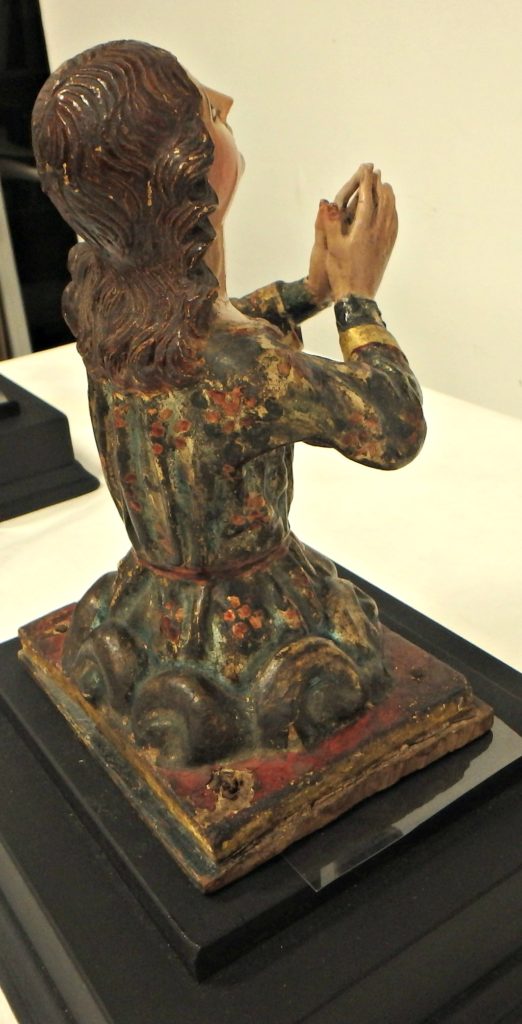There’s a painting for everything, and while some people conjure up Norman Rockwell on Thanksgiving, I lead toward the Dutch masters, like Jan Davidsz de Heem. Below is his Still-Life with Flowers and Fruit from the 1660s. I hope you are enjoying family, friends and an even better feast today.
I’ll be away for the next couple of weeks, back online in mid-December. While I’m away, there should be–space permitting–a review by me  in The Wall Street Journal of an excellent exhibition.

